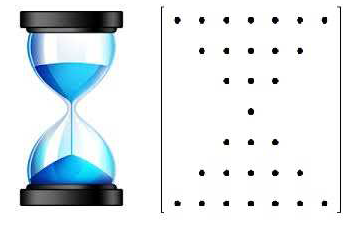Application of hourglass matrix in Goldreich-Goldwasser-Halevi encryption scheme
Keywords:
Goldreich-Goldwasser-Halevi encryption scheme, Hourglass matrix, Quadrant interlocking factorization.Abstract
Goldreich-Goldwasser-Halevi (GGH) encryption scheme is lattice-based cryptography with its security based on the shortest vector problem (SVP) and closest vector problem (CVP) with immunity to almost all attacks, including Shor's quantum algorithm and Nguyen's attack of higher lattice dimension. To improve the efficiency and security of the GGH Scheme by reducing the size of the public basis to be transmitted, we use an hourglass matrix obtained from quadrant interlocking factorization as a public key. The technique of quadrant interlocking factorization to yield a nonsingular hourglass matrix compensates the encryption scheme with better efficiency and security.

Published
How to Cite
Issue
Section
Copyright (c) 2022 Olayiwola Babarinsa, Olalekan Ihinkalu, Veronica Cyril-Okeme, Hailiza Kamarulhaili, Arif Mandangan, Azfi Zaidi Mohammad Sofi, Akeem B. Disu

This work is licensed under a Creative Commons Attribution 4.0 International License.
How to Cite
Most read articles by the same author(s)
- Dlal Bashir, Hailiza Kamarulhaili, Olayiwola Babarinsa, A Review on Quadrant Interlocking Factorization: WZ and WH Factorization , Journal of the Nigerian Society of Physical Sciences: Volume 5, Issue 1, February 2023







